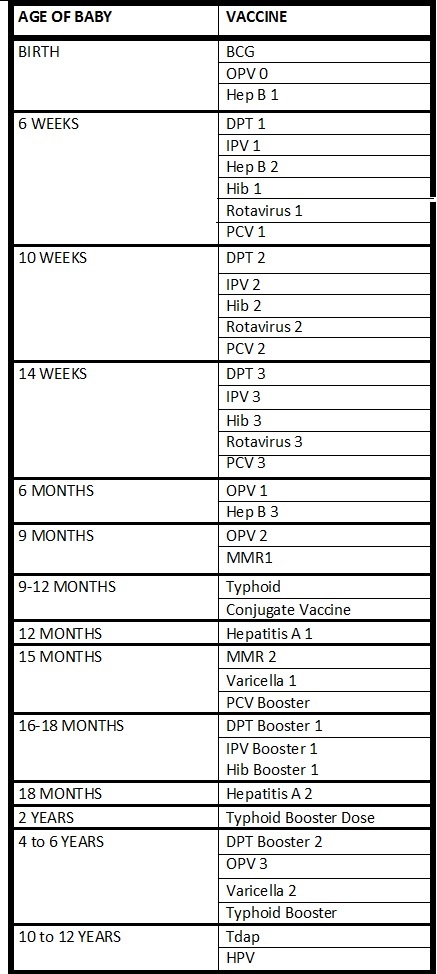About Vaccinations
The concept of vaccination is the introduction of an antigen or pathogen into the body in order to cause antibody production and provide adaptive immunity to the individual. There are many types of vaccines. It can be inactivated where the antigen is non-ineffective in nature, it can be attenuated or at times the purified components of pathogens like the protein cover of a virus. All these work by the same mode of action and lead to the formation of antibodies in response to the foreign antigen. The first disease against which a vaccine was developed was small pox. Small pox vaccine was discovered by Edward Jenner in the year 1796 and the concept was taken further at a microbiological level by Louis Pasteur. Vaccinations are given primarily to babies and children to protect them from diseases and to stop the spread of infectious diseases like small pox and polio. Another important use of vaccines is in travelers immunization where a person travelling to a particular country needs to be vaccinated so that he does not become a carrier of any disease. With the current globalization, foreign travel vaccinations have become very common. Here we shall discuss the common vaccines for children.

Vaccination Schedule
The immunisation schedule is decided by the Indian Academy of Pediatrics (IAP) in India and in the United States by the American Academy of Pediatrics (AAP). The schedule is more or less the same with some variations.

OPV : Oral polio vaccine is a very important vaccine and has played a very vital role in the eradication of the disease. All the doses of IPV can be replaced by oral polio vaccine if the administration of the former is not possible
DPT: The dpt vaccine is for three infectious diseases diphtheria, pertussis and tetanus. There are three main doses which are given at 6 weeks, 10 weeks and 14 weeks. The common side effects include fever, excessive crying, vomiting and decreased appetite in the baby.
BCG Vaccine: Bacillus Calmette Guerin is a Tb vaccine against tuberculosis which is given on the third day after the birth of the baby. In Asian countries where the incidence of the disease is high, the vaccine is recommended to be given as close to the time of birth as possible. The injection is given intradermally and it initiates a reaction in the body and a small pustule is formed which ruptures and leaves behind a round scar. The scar is raised from the skin surface and is the proof of a prior immunization.
Rotavirus : The rotavirus vaccine is given to provide protection against rotavirus infections which are responsible for causing severe diarrhea in children. It is given at 6 and 10 weeks of age. The range is 6-8 weeks and should be given within that range. The next dose should be given one month after the first dose.
Pneumococcal vaccine: Pneumococcal conjugate vaccine (PCV) is given to children to protect children, babies and adults from diseases caused by a bacterium Streptococcus Pneumonia. It is administered at 6,10 and 14 weeks of age.
MMR: MMR vaccine is given to provide protection against measles, mumps and rubella.
Routes of Administration
There are many routes of administration of a vaccine depending on its type. The route could be oral, intradermal, intramuscular or subcutaneous. There are some recent trials that are going on to see if vaccines could be taken up by the mucosal surfaces of the body.
Vaccinations have reduced the mortality associated with diseases and has improved the survival rate in babies who earlier died of infectious diseases.



